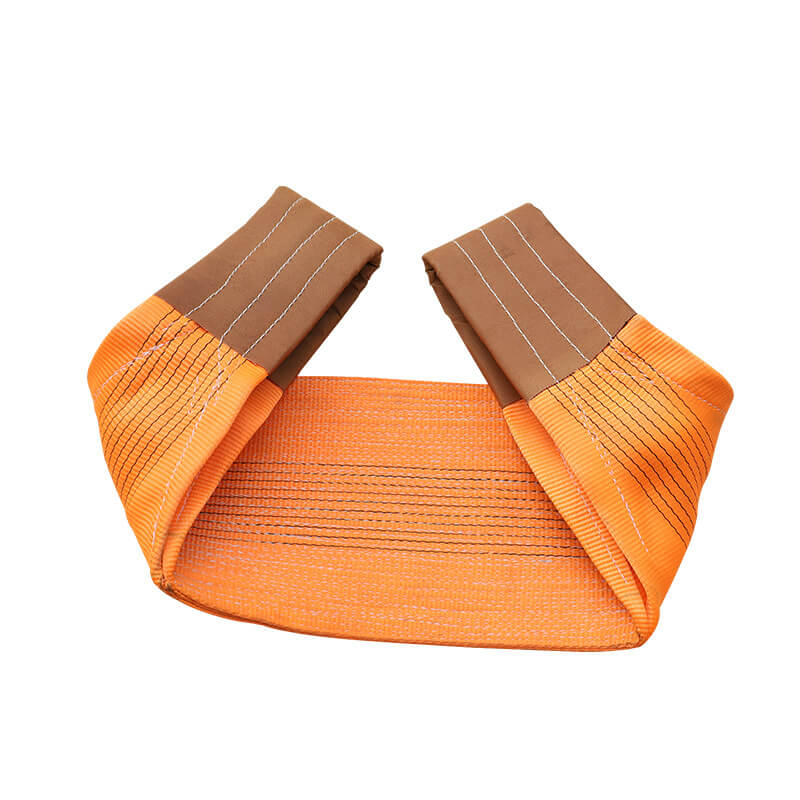When it comes lifting and securing heavy, choosing the equipment is crucial for safety efficiency. In industrial, two commonly used slings are webbing Slings and round Slings. While both serve the purpose of lifting, they differ in terms of design, construction, and usage. In this blog post, we will explore the difference between webbing slings and round slings, helping you understand when and where to use each type.
Webbing Slings:
Webbing slings are made from high-strength polyester or nylon webbing materials. They are woven in a flat, strip-like configuration, making them ideal for handling loads with flat surfaces. The webbing material used in these slings is known for its excellent tensile strength and resistance to abrasion, making it durable and reliable.
Key Features of Webbing Slings:
1. Versatility: Webbing slings are versatile and can be used in various lifting configurations, including vertical, choker, and basket hitches.
2. Load Distribution: The wide surface area of webbing slings helps distribute the load evenly over the surface of the load, minimizing damage and ensuring secure lifting.
3. Flexibility: Webbing slings have flexibility and adaptability, allowing them to conform to the shape of the load being lifted.
4. Color-Coded: Webbing slings are typically color-coded based on their lifting capacity, making it easier for users to identify the suitable sling for a specific load.
Round Slings:
Round slings, as the name suggests, are circular in shape and are typically constructed with polyester material. These slings are made by encasing load-bearing fibers in a protective sleeve, resulting in a soft and flexible lifting solution. The construction of round slings provides excellent strength-to-weight ratio and protects the load from damage.
Key Features of Round Slings:
1. Soft and Load-Friendly: Round slings offer a soft lifting surface that is gentle on delicate loads, reducing the risk of damage.
2. Lightweight: Round slings are lighter compared to webbing slings, making them easier to handle and transport.
3. Multiple Legs: Round slings are commonly available in configurations with multiple attachment points, allowing for more versatile lifting options.
4. Durable: Round slings feature a protective sleeve that enhances durability and resistance to abrasion, extending their lifespan.
Both webbing slings and round slings are reliable lifting solutions designed to meet specific needs in material handling. Webbing slings are known for their versatility, load distribution, and durability, making them suitable for a wide range of lifting applications. On the other hand, round slings provide a soft and load-friendly lifting surface, are lightweight, and offer multiple legs for added flexibility. Understanding the difference between these two types of slings enables you to make informed decisions in selecting the appropriate lifting equipment based on the load, environment, and specific lifting requirements.


